|
The trick when working with young children and talking about complex subjects is to simplify and make the subject tangible. We opened our class about 'Force' by building a marble run. 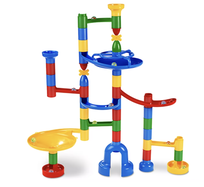 Marble runs are great for open-ended building. They’re an example of a STEM toy (Science, Technology, Engineering, Math). And, they’re a lot of fun, both for kids and adults. This was a great tool to start a conversation about force. There is a lot a variation in how the marble travels - slopes, bends, twists, turns, gravity, heights, etc. To simplify the definition for my young students, I described force as "a push or a pull." I asked the kids to stand up and jump. What force pulled us back to Earth? One bright six year old knew it was gravity!
0 Comments
Today we began a new class series that focuses on how science and art can intersect. Traditionally, art and science have been treated as separate disciplines, but when they are studied together, it’s clear to see the impact one has on the other. In our first class of the series, we focused on magnetism. When children arrived, they were invited to build with MagnaTiles. To inspire Mini Makers, I Included wooden people, trees, and buildings. In no time, our future city planners were building a little town.
|
Archives
January 2024
Categories |
Proudly powered by Weebly

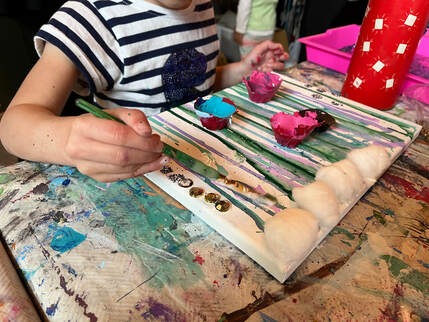
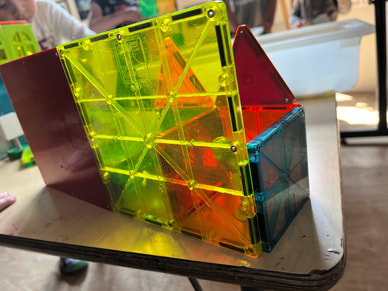
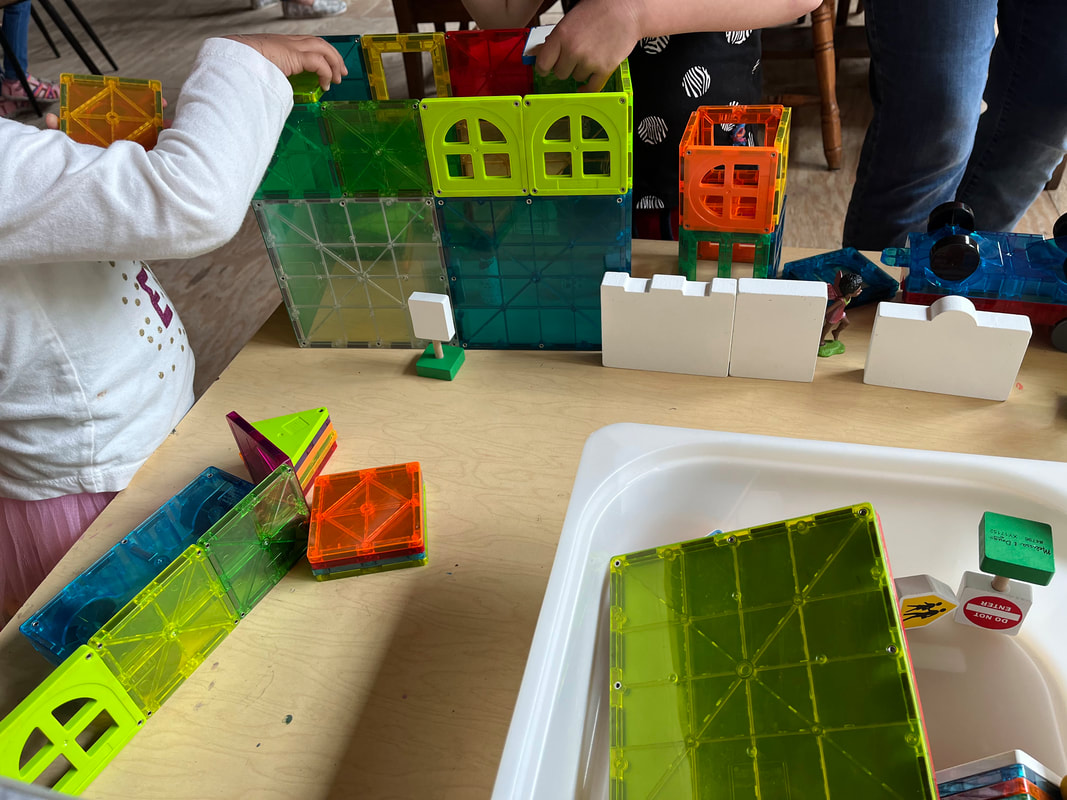
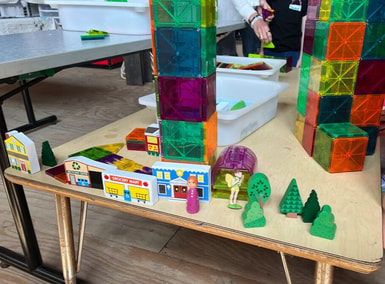
 RSS Feed
RSS Feed